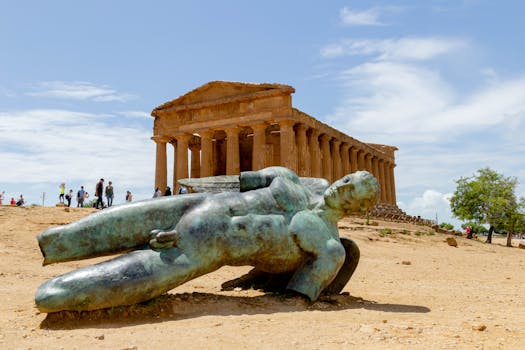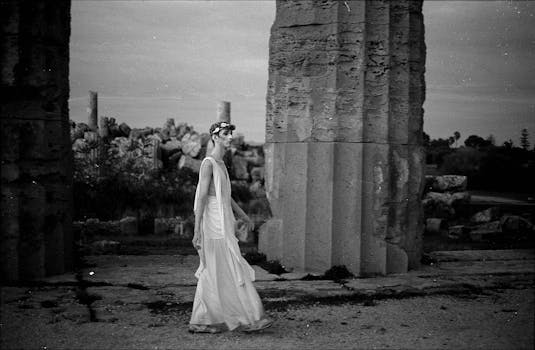Traveling Through Time: How Europe’s Historical Heritage Shapes Modern Lifestyles in 2025
Traveling Through Time: How Europe’s Historical Heritage Shapes Modern Lifestyles in 2025. Europe, a continent steeped in history and tradition, has a profound impact on modern lifestyles. From the ancient ruins of Greece and Rome to the medieval castles of England and France, Europe’s historical heritage is a treasure trove of cultural, architectural, and culinary riches. In this article, we’ll explore how Europe’s past continues to shape its present and future, and what this means for travelers and locals alike.
Introduction to Europe’s Historical Heritage

Europe’s historical heritage is a complex and multifaceted phenomenon that spans thousands of years. From the earliest civilizations of the Mediterranean to the modern nation-states of today, Europe has been shaped by a diverse array of cultures, empires, and ideologies. This rich cultural landscape has left an indelible mark on the continent, with historic landmarks, museums, and cultural institutions that attract millions of visitors each year.
The Impact of Historical Heritage on Modern Lifestyles

So, how does Europe’s historical heritage shape modern lifestyles? The answer lies in the many ways that the past continues to influence the present. For example, the architectural styles of ancient Greece and Rome can still be seen in modern buildings throughout Europe, while the cuisine of the continent is a direct reflection of its historical heritage. From the pasta dishes of Italy to the fish and chips of England, European cuisine is a delicious reflection of the continent’s cultural diversity.
Cultural Exchange and Tourism

One of the most significant ways that Europe’s historical heritage shapes modern lifestyles is through cultural exchange and tourism. With millions of visitors each year, Europe’s historic landmarks and cultural institutions are a major driver of economic growth and cultural exchange. From the Louvre in Paris to the British Museum in London, Europe’s cultural institutions are a treasure trove of artistic, historical, and cultural riches that attract visitors from around the world.
Conclusion

In conclusion, Europe’s historical heritage continues to shape modern lifestyles in profound and lasting ways. From architecture to cuisine, cultural exchange to tourism, the past remains a vital part of Europe’s present and future. As we look to the future, it’s clear that Europe’s historical heritage will remain a source of inspiration, education, and cultural enrichment for generations to come.



